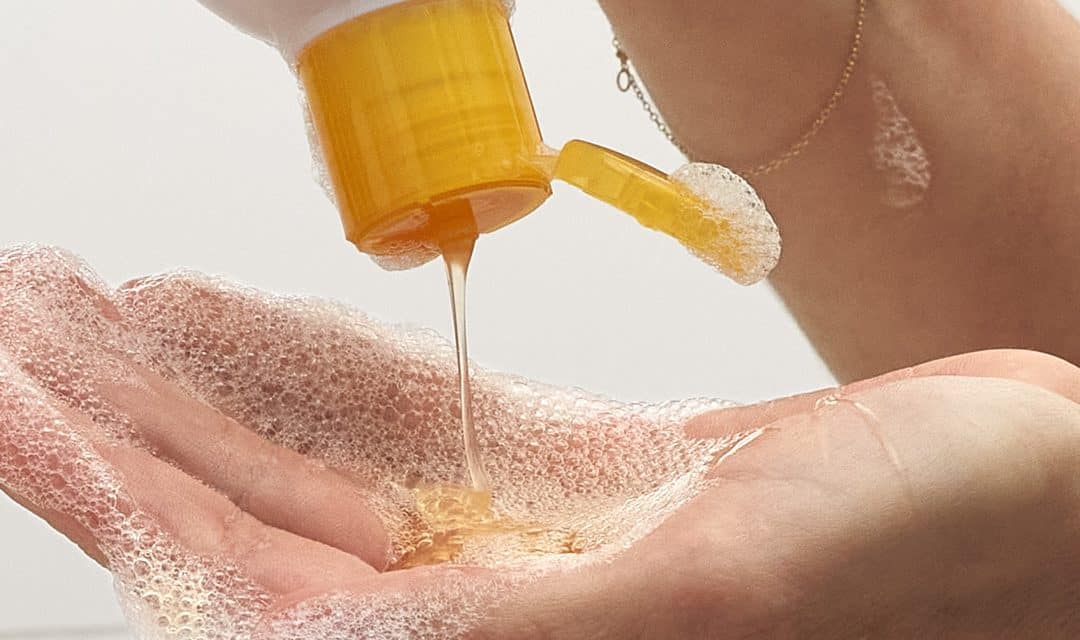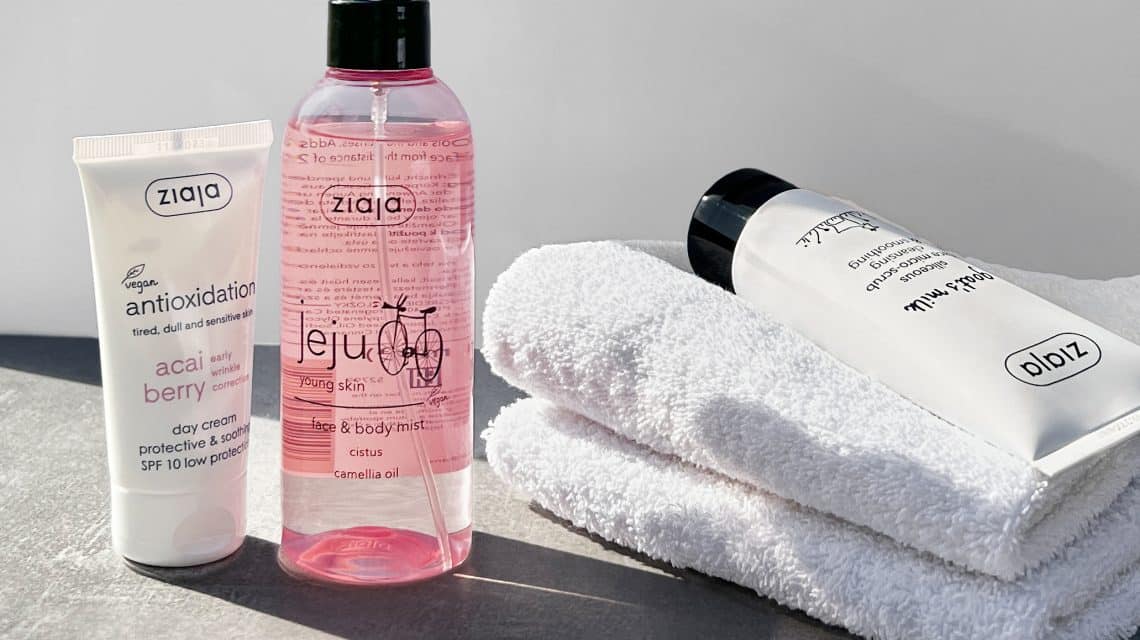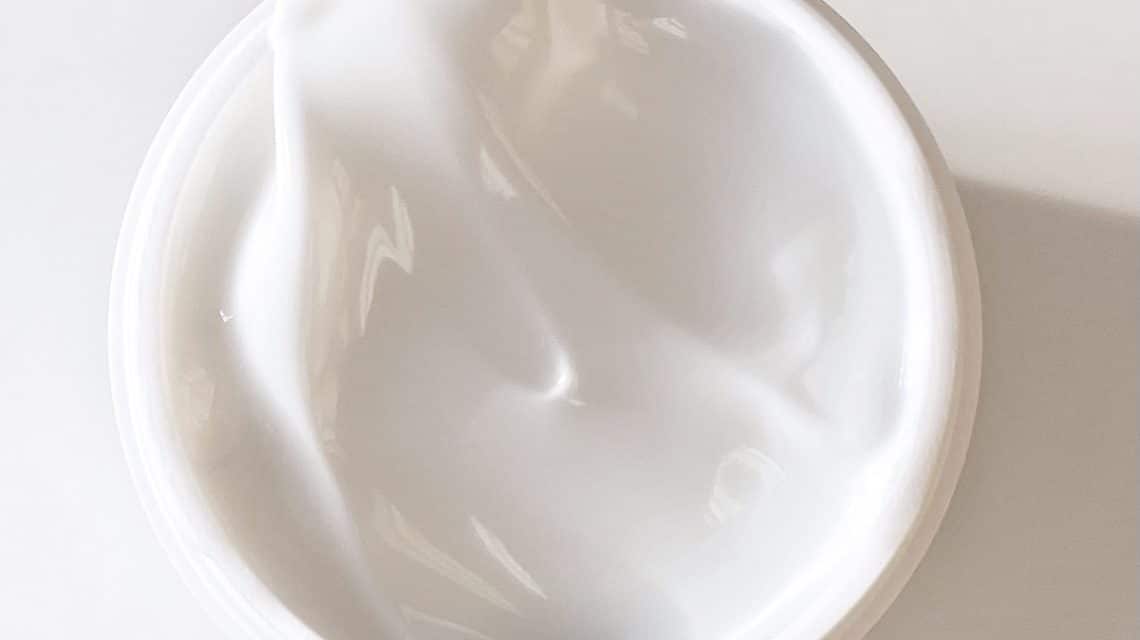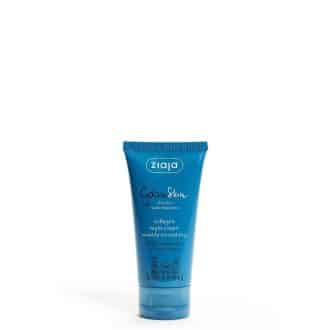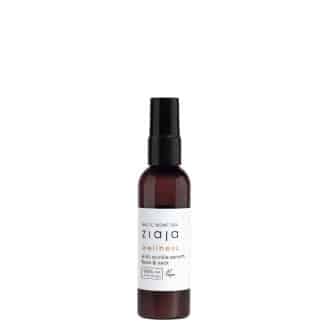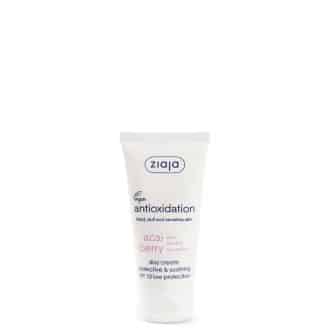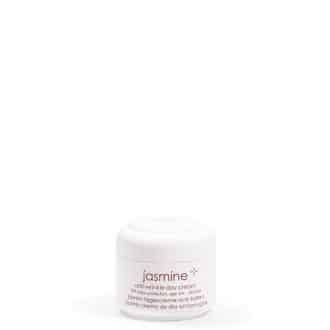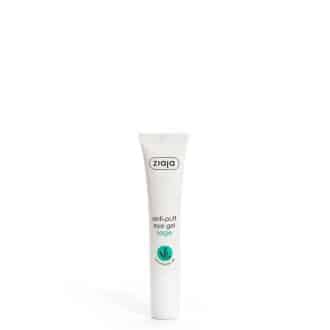THE SIGNIFICANCE OF THE SKIN pH August 1, 2022
Skin is a barrier between the body and the external environment. This function can be fulfilled thanks to the stratum corneum and its structure. The cells of the stratum corneum are tightly connected, which is why they are such an effective barrier. These cells are made mostly of proteins, lipids and water. Intercellular spaces contain lipids, such as cholesterol and its esters, ceramides, triglycerides and fatty acids. A significant factor which determines the properties of the stratum corneum is the pH.
The physiological pH value of skin is 4.0. It results from the presence of fatty acids in the stratum corneum and in sweat, as well as carbonic acid that is produced during cutaneous gas exchange. The physiological pH protects us from the development of microorganisms and is essential for the proper functioning of the skin. Our skin is affected by many factors which can change its pH. After a bath in water, the pH rises to 6.0-7.0, but it soon returns to its natural value (research shows that it takes about 20 minutes). The pH of our skin rises when the secretion of lipase is disturbed and when lactic acid is produced, so the balance between saprophytic and saprobiontic microflora is very important.
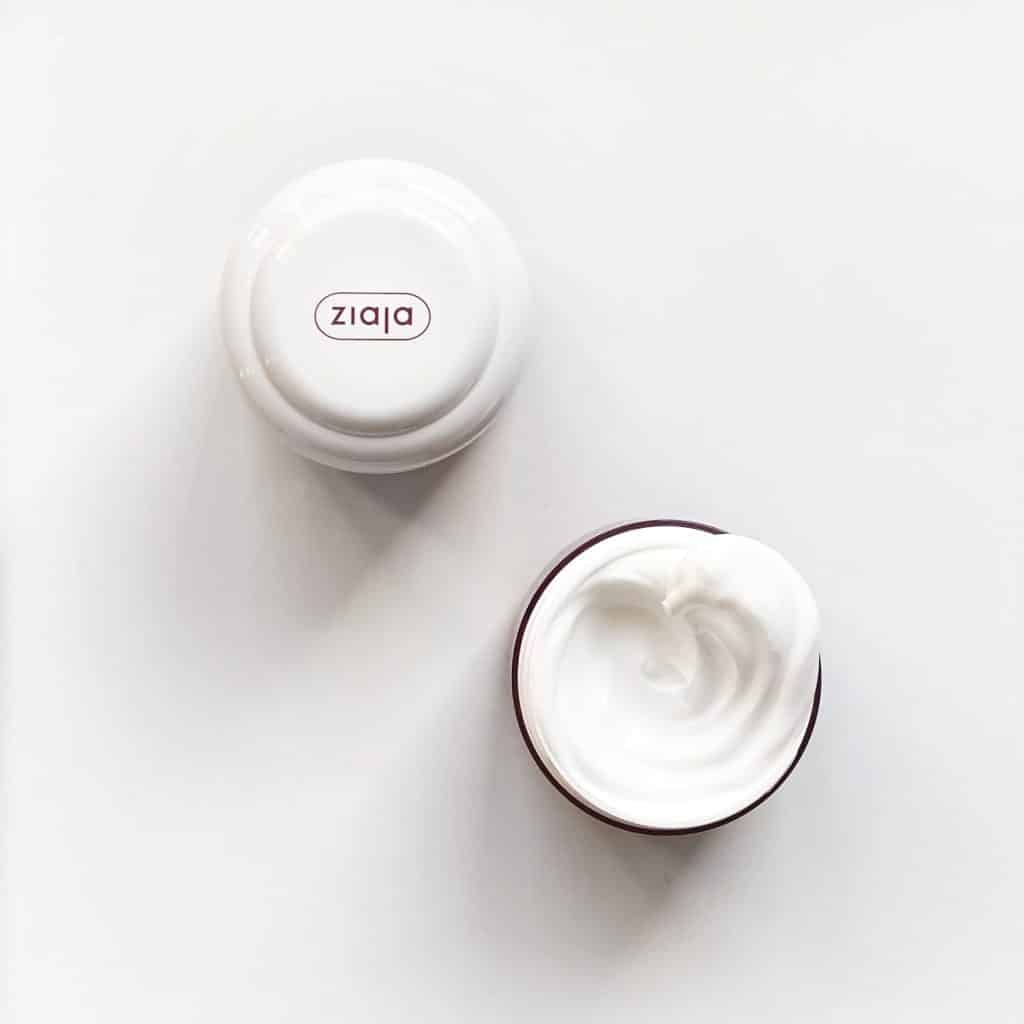
The smell of our skin depends on its pH. When the pH is high (above 7), microorganisms start to develop on the skin and the decomposition of bacteria causes an unpleasant smell. The acid-base homeostasis of the skin leads to many questions on measurement methods and the multitude of factors which affect the pH of our skin.
The table shows the pH of the stratum corneum and deeper layers of the skin.
| Lipid layer | 4.5-7.0 |
| Stratum corneum of the epidermis | 4.0-6.0 |
| Stratum granulosum | 5.0-7.0 |
| Reproduction layer | 7.5 |
| Dermis | 7.4 |

Estimated skin pH in specific parts of the body:
| Face and body | 4.8-6.0 |
| Outer part of the hand | Within the range of the face and body pH |
| Palm | Depends on the composition of sweat, from 4.5 to 7.0 |
| Feet | Depends on the composition of sweat, from 4.5 to 7.0 |
| Groin | Depends on the composition of sweat, from 6.0 to 7.0 |
| Armpits | Depends on the composition of sweat, from 6.0 to 7.0 |
| Elderly people | The pH rises and reaches 7.0 or above |
| Newborns up to several weeks of ageChildren | 6.55.4-5.9 |
| People with skin conditions such as acne, atopic dermatitis, rosacea and psoriasis | Skin surface 4.0-5.0 |
| Female intimate area | Naturally acidic, i.e. from 3.8 to 4.5A naturally acidic environment is very important because it is impossible for pathogenic bacteria to grow quickly and multiply easily in an acidic environment. |
| Male intimate area | The pH of the genital area is crucial and varies from 4.0 to 5.5 |
-
Product on saleGdanskin collagen night cream 50 mlOriginal price was: €5.99.€4.19Current price is: €4.19.
-
Product on saleBaltic Home Spa Wellness face and neck serum 90 mlOriginal price was: €8.50.€5.95Current price is: €5.95.
-
Product on saleAcai Berry day cream spf 10 protective & soothing 50 mlOriginal price was: €5.60.€3.92Current price is: €3.92.
-
Product on saleBB cream for normal, dry & sensitive skin – light tone 50 mlOriginal price was: €5.49.€3.84Current price is: €3.84.
-
Product on saleJasmine day cream anti-wrinkle SPF 6 50 mlOriginal price was: €7.99.€5.59Current price is: €5.59.
-
Product on saleAnti-puff eye gel with sageOriginal price was: €3.29.€2.30Current price is: €2.30.

